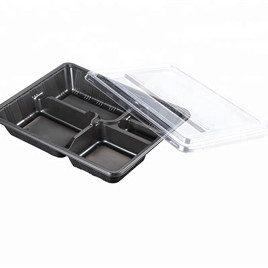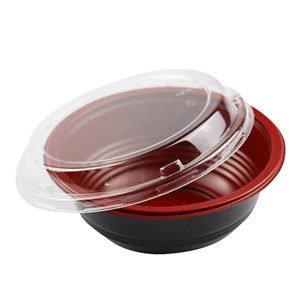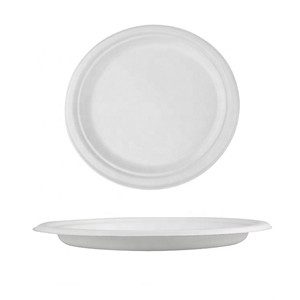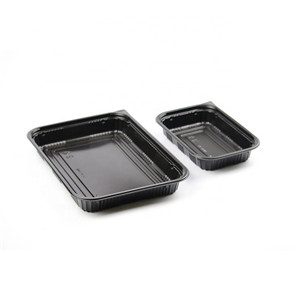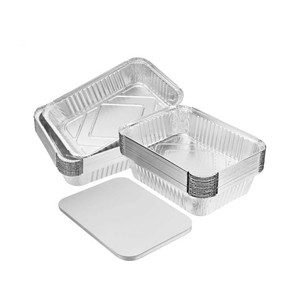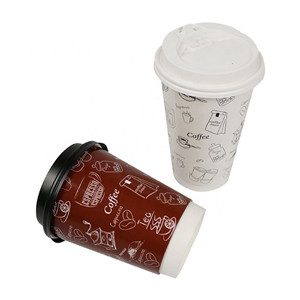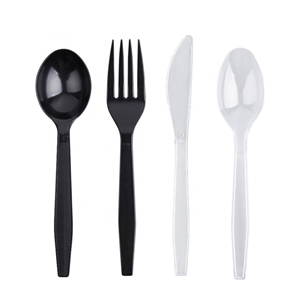Introduction: The use of plastics in microwave-safe containers has raised concerns among consumers. Some believe that all plastics are unsafe for microwave use, while others are unsure about which types of plastics are truly microwave-safe. In this blog, we aim to debunk myths and clarify misconceptions surrounding microwave-safe plastics, providing valuable information to help you make informed decisions about using plastics in the microwave.
- Identifying Microwave-Safe Plastics As mentioned in our previous blog, not all plastics are suitable for microwave use. However, several types of plastics have been deemed microwave-safe, including polypropylene (PP) and high-density polyethylene (HDPE). These plastics are stable and heat-resistant, making them suitable for microwave cooking and reheating.
- Dispelling the BPA Myth Bisphenol-A (BPA) has been a major concern in plastics due to its potential health risks. However, it’s essential to note that microwave-safe plastics, such as PP and HDPE, are BPA-free. Manufacturers have made significant efforts to eliminate BPA from plastics intended for food contact to ensure consumer safety.
- Understanding Temperature Limits While microwave-safe plastics can handle the heat generated by microwaves, they do have temperature limits. It’s essential to adhere to the manufacturer’s guidelines and avoid using microwave-safe plastics in traditional ovens or on stovetops, where temperatures can exceed their limits. Overheating microwave-safe plastics can lead to warping or melting, compromising their safety.
- Microwave-Safe Symbols and Labels To ensure the safety of plastics in the microwave, always look for the “microwave-safe” symbol or label on the container. Manufacturers use this symbol to indicate that the container is designed and tested for microwave use. Avoid using containers without this label, as their safety in a microwave oven is uncertain.
Conclusion: Microwave-safe plastics are a convenient option for reheating and cooking food, as long as you choose the right materials and follow the recommended guidelines. Identifying microwave-safe plastics, understanding temperature limits, and checking for appropriate labels are essential steps to ensure the safe use of plastics in the microwave.


